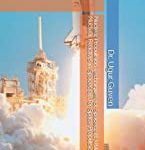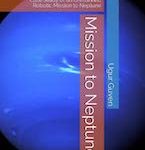 Astronauts’ brains increase in volume after long space flights, causing pressure to build up inside their heads. This may explain why some astronauts experience worsened vision after prolonged periods in space.
Astronauts’ brains increase in volume after long space flights, causing pressure to build up inside their heads. This may explain why some astronauts experience worsened vision after prolonged periods in space.
“This raises additional concerns for long-duration interplanetary travel, such as the future mission to Mars,” says Larry Kramer at the University of Texas Health Science Center at Houston, who led the study.
Kramer and his colleagues scanned the brains of 11 astronauts before they spent about six months on the International Space Station, and at six points over the year after they returned to Earth. They found that all the astronauts had increased brain volume – including white matter, grey matter and cerebrospinal fluid around the brain – after returning from space.
Under normal gravity, it is thought that fluid in the brain naturally moves downwards when we stand upright. But there is evidence that microgravity prevents this, resulting in accumulation of fluid in the brain and skull.
The astronauts’ brain volume increased by 2 per cent on average and the increases were still present one year after they returned to Earth, which could result in higher intracranial pressure, Kramer says. He suspects this might press on the optic nerve, potentially explaining the vision problems frequently reported by astronauts.
Kramer and his team also observed that part of the brain called the pituitary gland was deformed in six out of the 11 astronauts. These results add to a body of evidence suggesting that brain structure can be altered after space flight.
“This study is important because it provides data, for the first time in NASA astronauts, demonstrating the persistence of structural brain changes even up to one year following return to Earth,” says Donna Roberts at the Medical University of South Carolina.
“We are currently working on methods to counteract the changes we are observing in the brain using artificial gravity,” says Kramer. These methods to pull blood back towards the feet could include a human-sized centrifuge that would spin a person around at high speed, or a vacuum chamber around the lower half of the body.
“Hopefully one of these or other methods will be tested in microgravity and show efficacy,” he says.




























